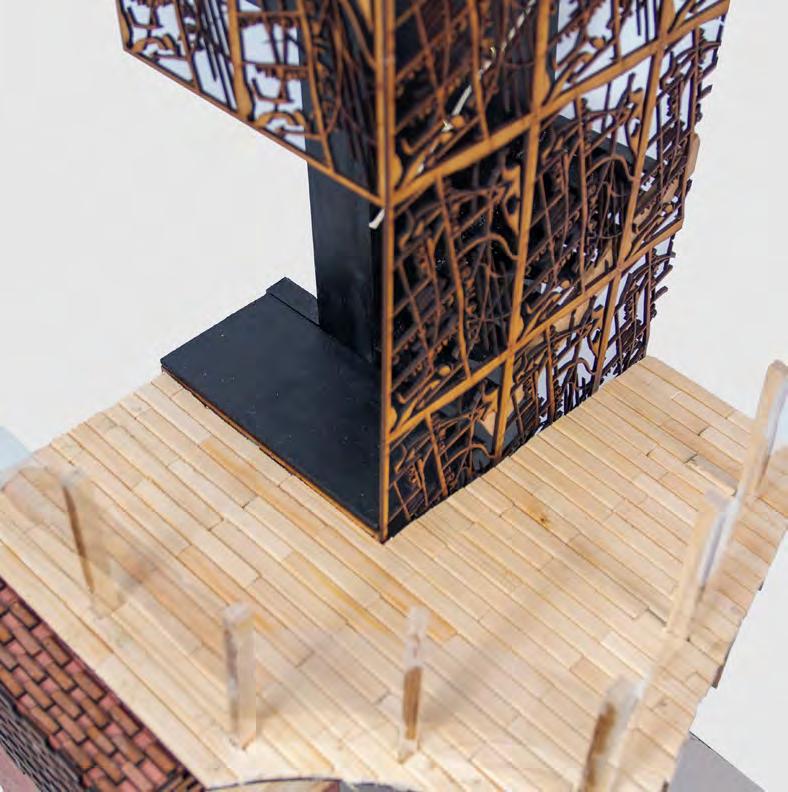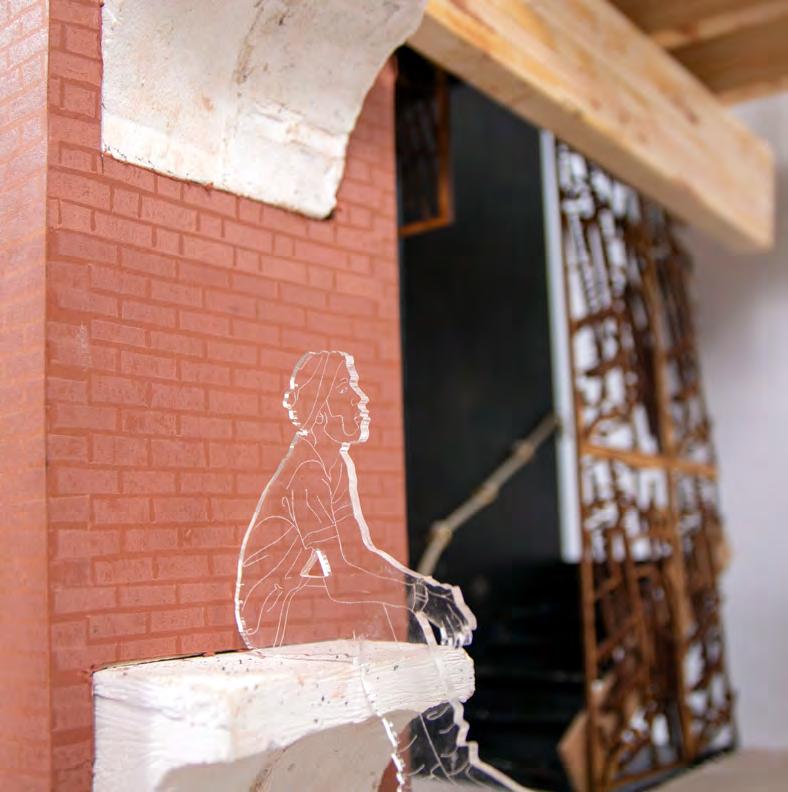
3 minute read
Trailblazer [Re] Making a Community
from Design Portfolio
by samuelhearne
Bordesley Green •
Age Group
Advertisement
Bordesley Green
Average Income
Index of Deprivation: Bordesley Green
Birmingham Ward Rank: 4th out of 69
National Ward Rank: 56th out of 7,511
Here this mapping highlights the margins of deprivation around the east of Birmingham City Centre and its neighbouring settlements. As illustrated, the great divide created by the ring road engulfs the city centre and isolates surrounding wards like Bordesley Green. This dynamic also correlates when comparing the average yearly income of Bordesley Green (£11,967) to Birmingham (£16,185) and England (£18,788).
Bordesley Green also has a significantly higher percentage of people under eighteen (37.3%) compared to the surrounding context of Birmingham (25.5%). With deprivation rates, children of Bordesley Green may have less access to good education, fewer job prospects and worsened mental health. They may also struggle to afford trips, holidays, and access to leisure.
Bòrd - edge, side, border, brink
Lēah - woodland, clearing, meadow Green - covered with grass or other vegetation
After recognising the problem of deprivation in and around Bordesley Green, I investigated the origins of Bòrd - Lēah - Green’ and mapped key economic periods in its history. These included the thriving birckworks and metal manufacturing industries, as well as the introduction of allotments in response to World War One.
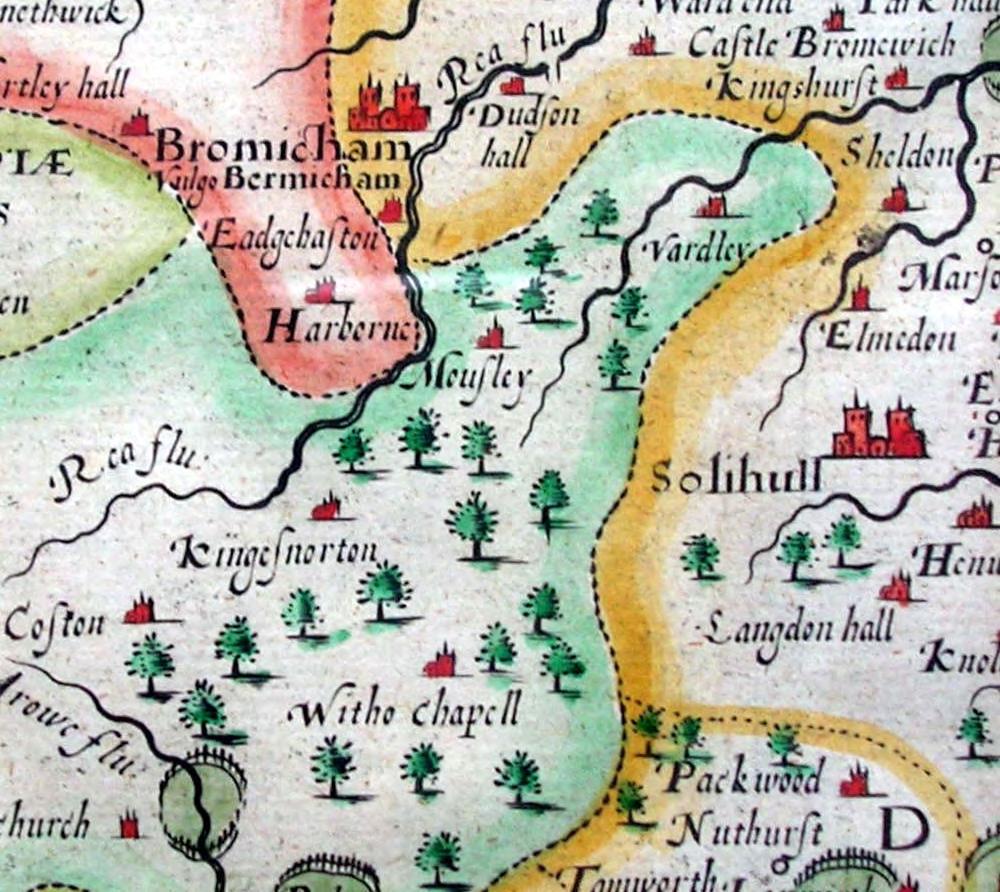
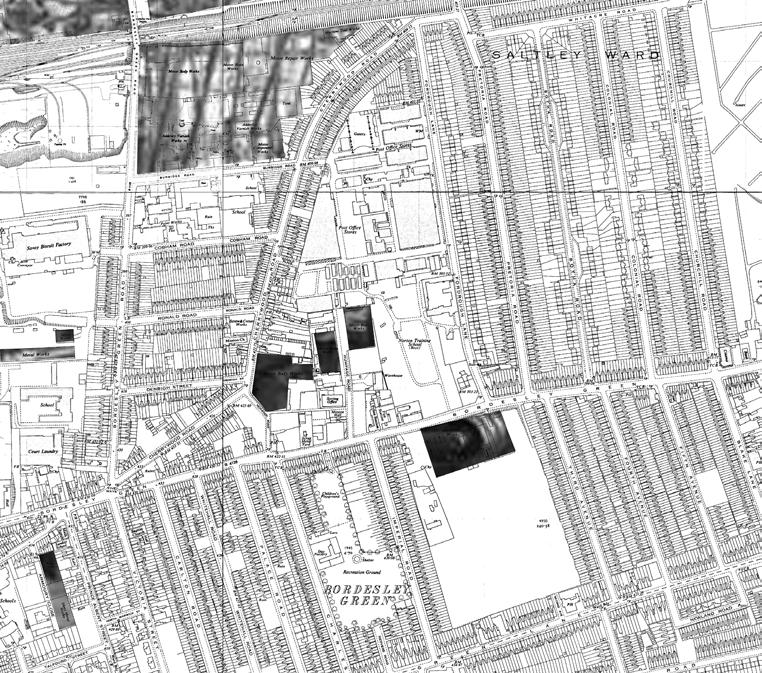
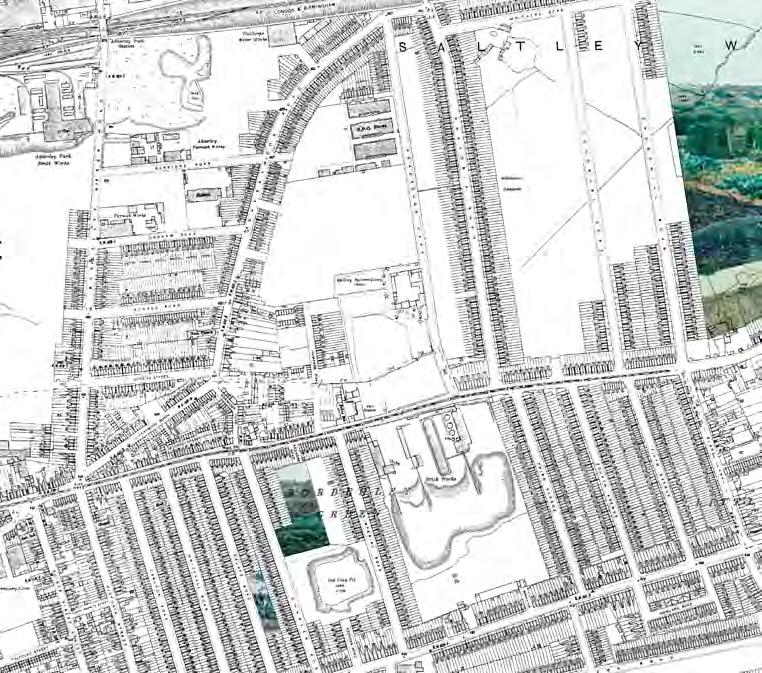
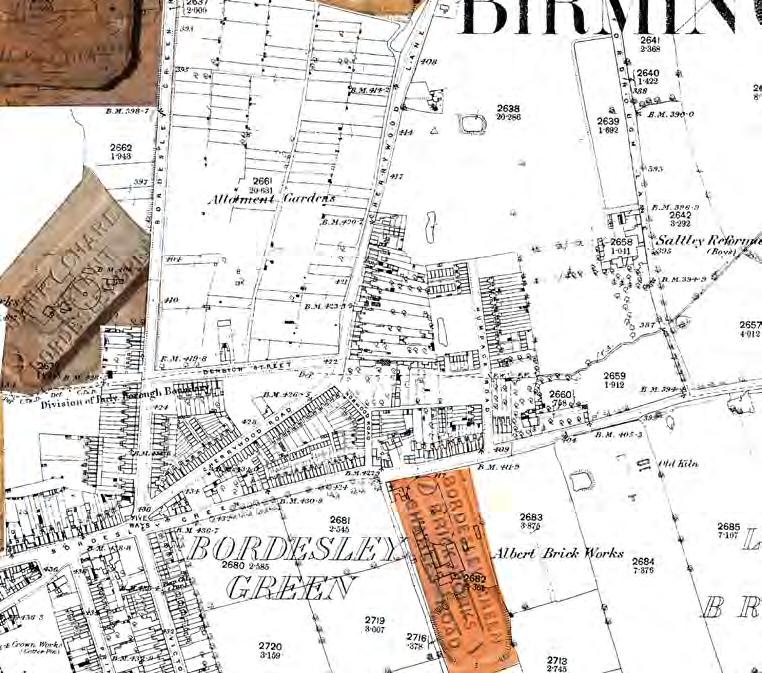
The privatisation of public green spaces, such as Green Lane Playing Fields, is a growing issue in local communities across the UK. Access to public green spaces provides multiple health and well-being benifits, particularly in urban areas. However, as more green spaces become private, these benefits may be lost, and access to nature may become limited, particularly for those who cannot pay for private leisure. Therefore, it is important to protect and expand public green spaces to ensure they remain accessible to everyone.
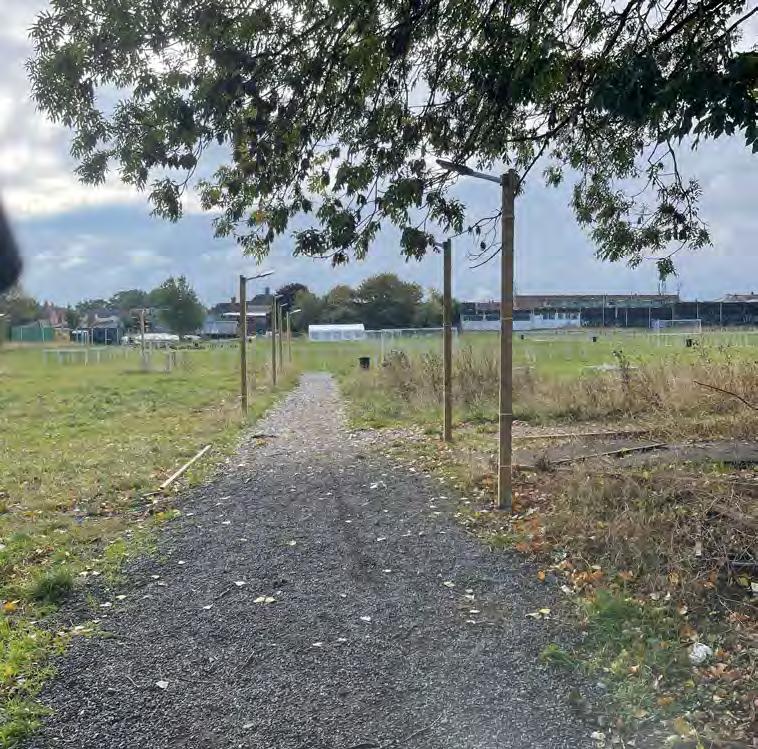
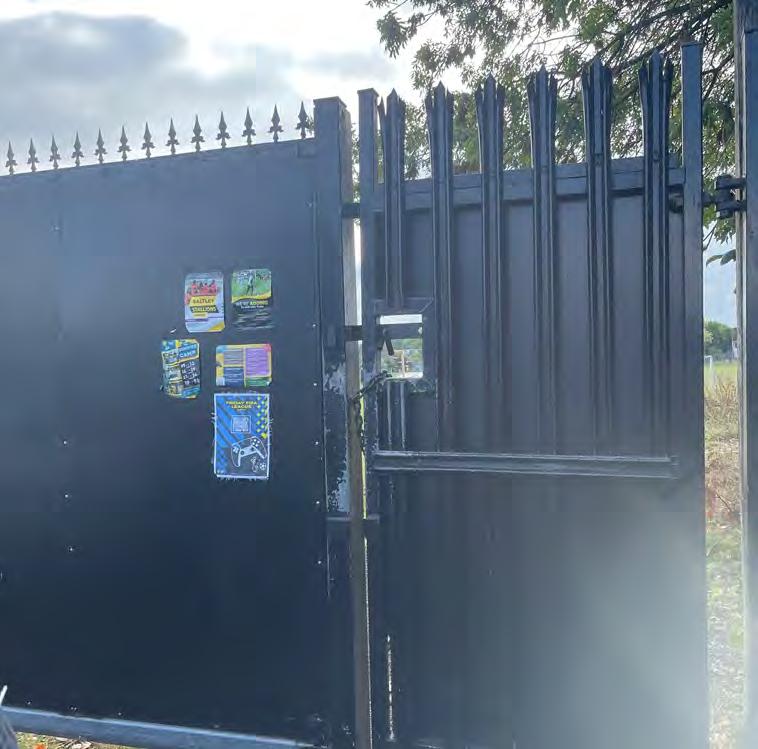
Henry Barber Park in Bordesley Green alongside a reputation for knife crimes and repeating misusage of drugs, has a litter problem around the park and gateways. While the playing equipment is usable, the park’s gateways entrances are failing and could be discouraging people from entering. Improving the infrastructure of the gateways could increase park usage and accessibility to the public.
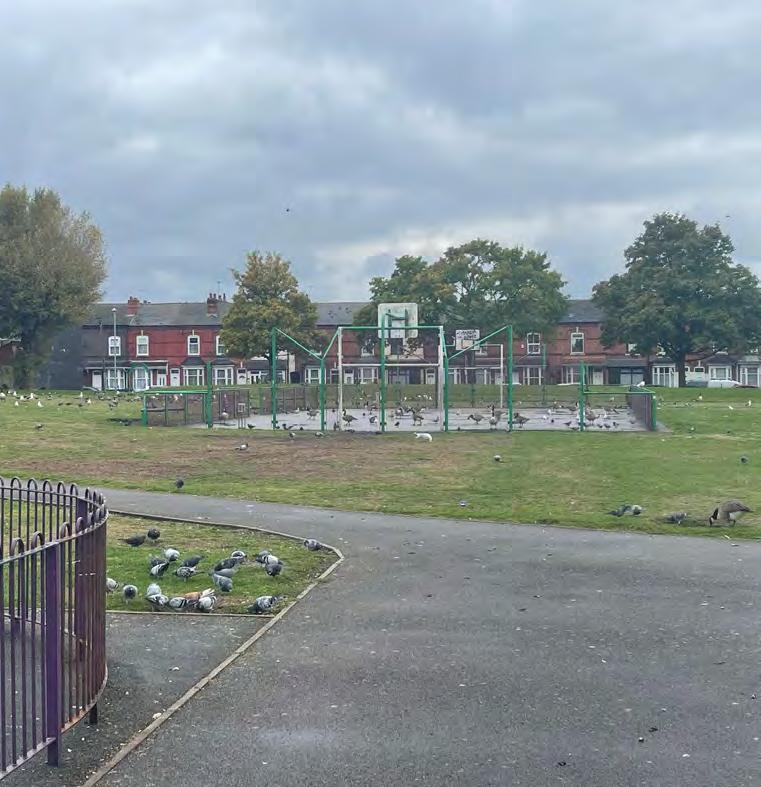
HENRY BARBER PARK, IMPERIAL ROAD BLOCKED GATEWAY INFRASTRUCTURE
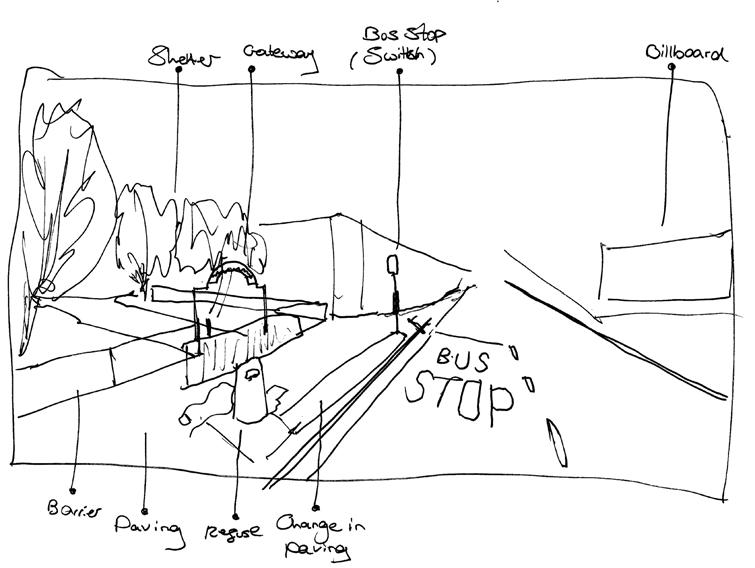
Bordesley Green Common Ground Infrastructure
Idealising direct accessibility, this mapping links to the green space infrastructure in Bordesley Green. It emphasises the importance of the main corridor’s connection and access to green spaces. As illustrated, there is also a high percentage of green space that borders residential land usage. The green spaces should be fit to serve the residents of neighbouring properties. Highlighted is also the focal area I wish to base my transitional structure.
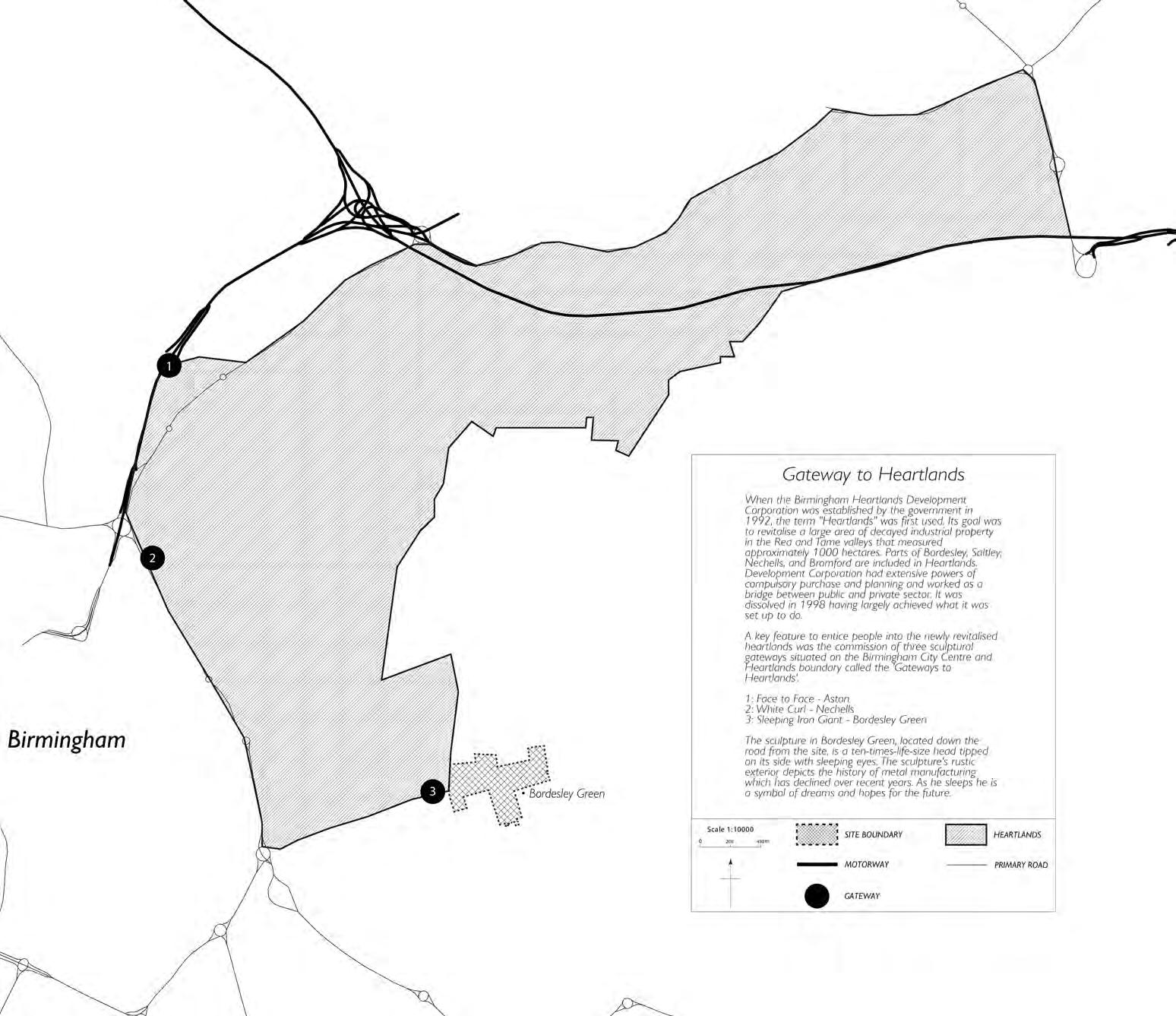
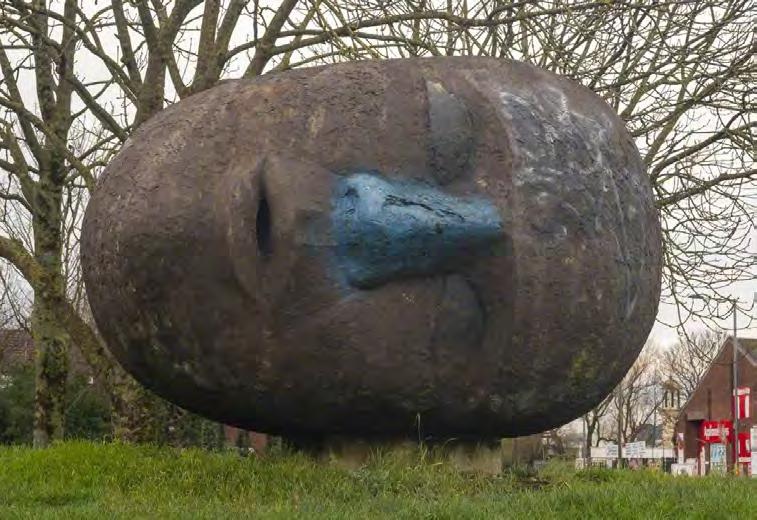
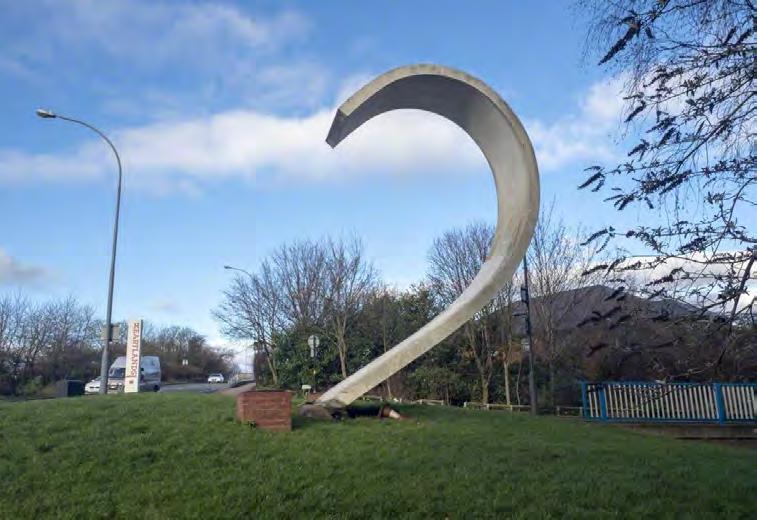
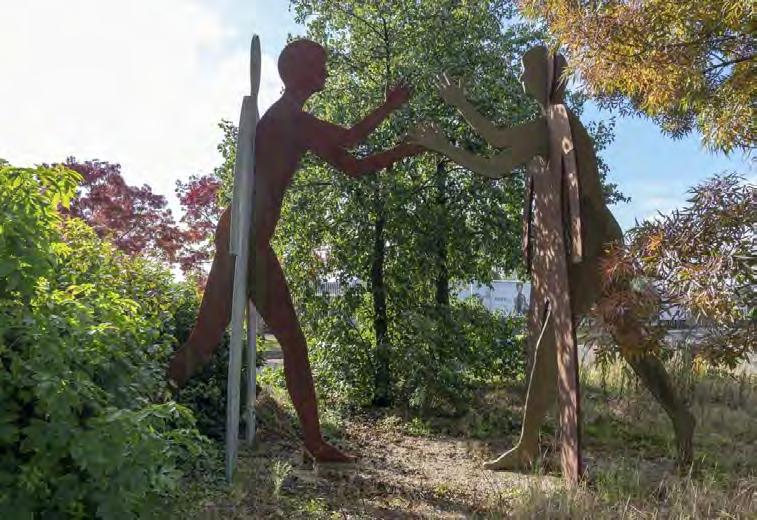
created a charter design policy to address social injustice issues related to green space accessibility and user suitability in Bordesley Green. The charter design policy is a lino stamp which communicates the nature of green spaces and promotes freedom of movement. The stamp includes accidental scores to suggest new routes through the streets. This aligns with Target 11.7 of SDG 11, which aims to provide universal access to safe and accessible green spaces.
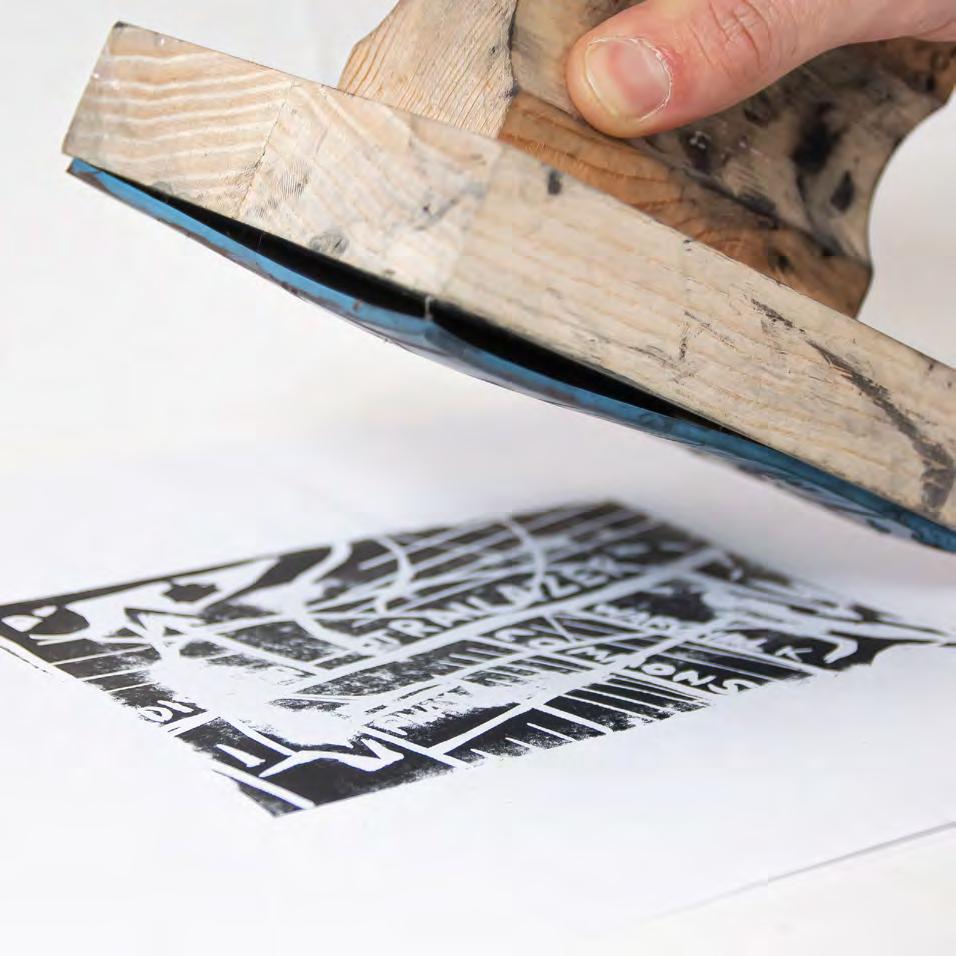
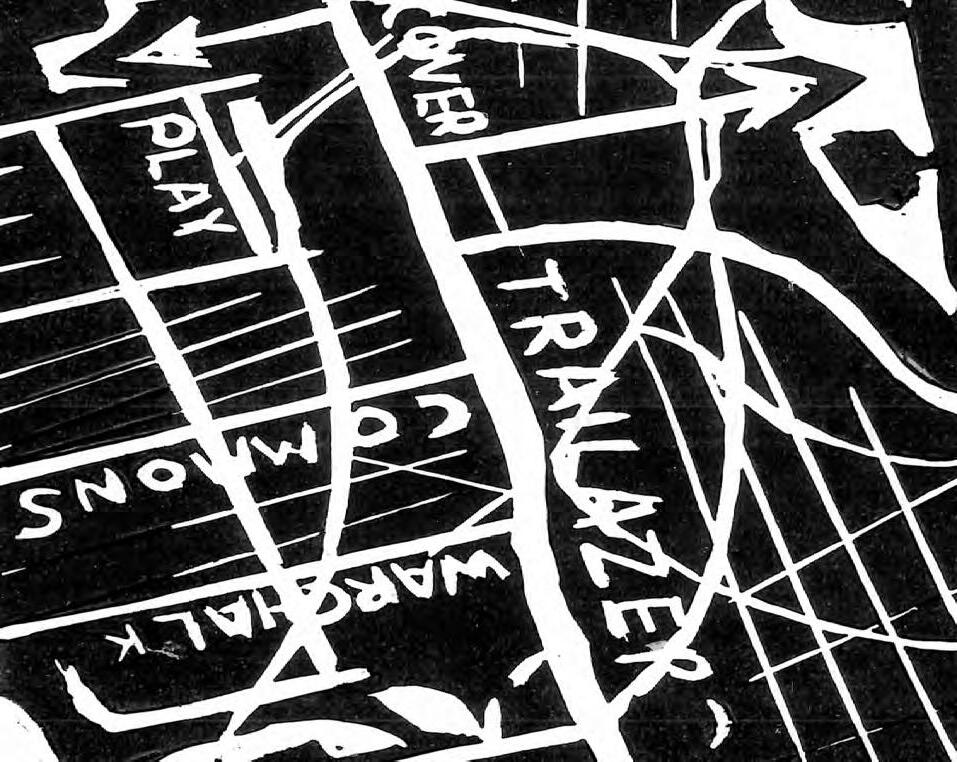
The policy artefact communicates a message in the urban environment. The stamp can trace a trail of movement or communicate green space conditions on all surfaces. Adapting the composition for different contexts can expand the visual language beyond Bordesley Green. The design can also be used in varioussizes apparatus such as billboards, gateways, and noticeboards to communicate green space infrastructure.
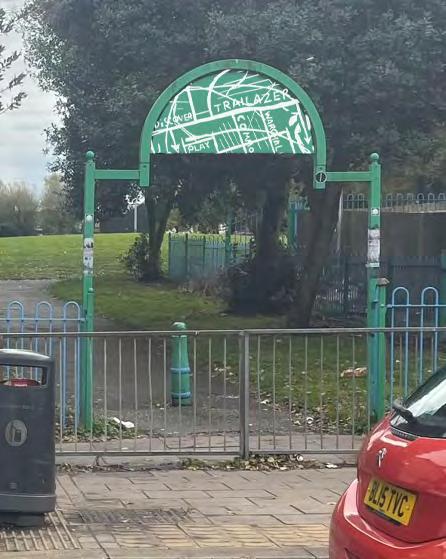
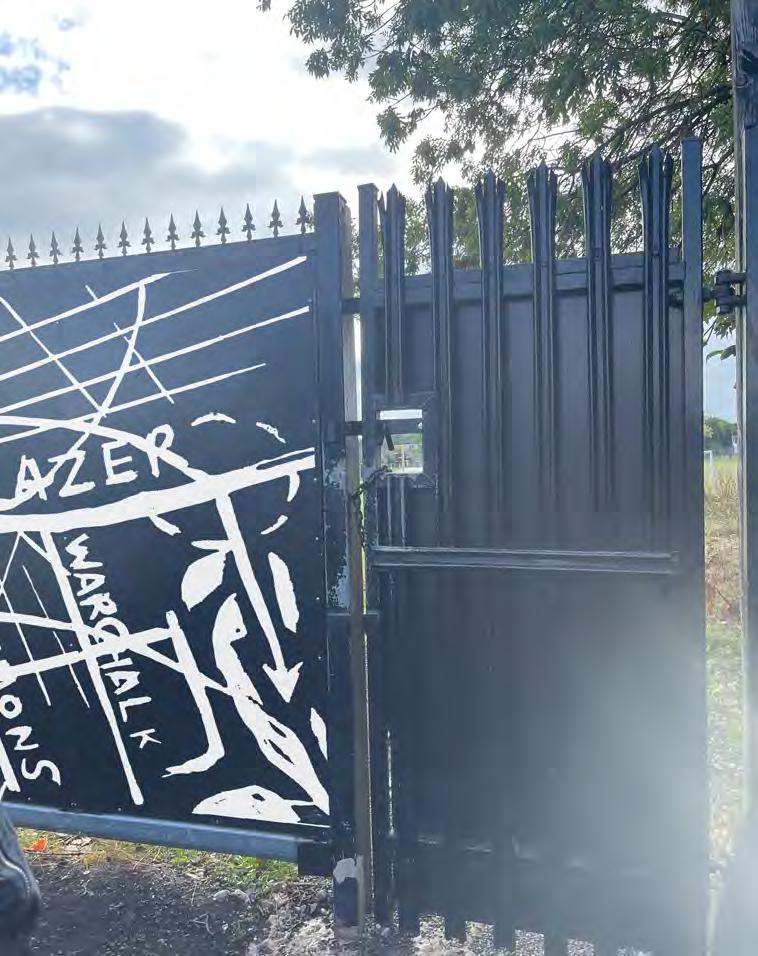
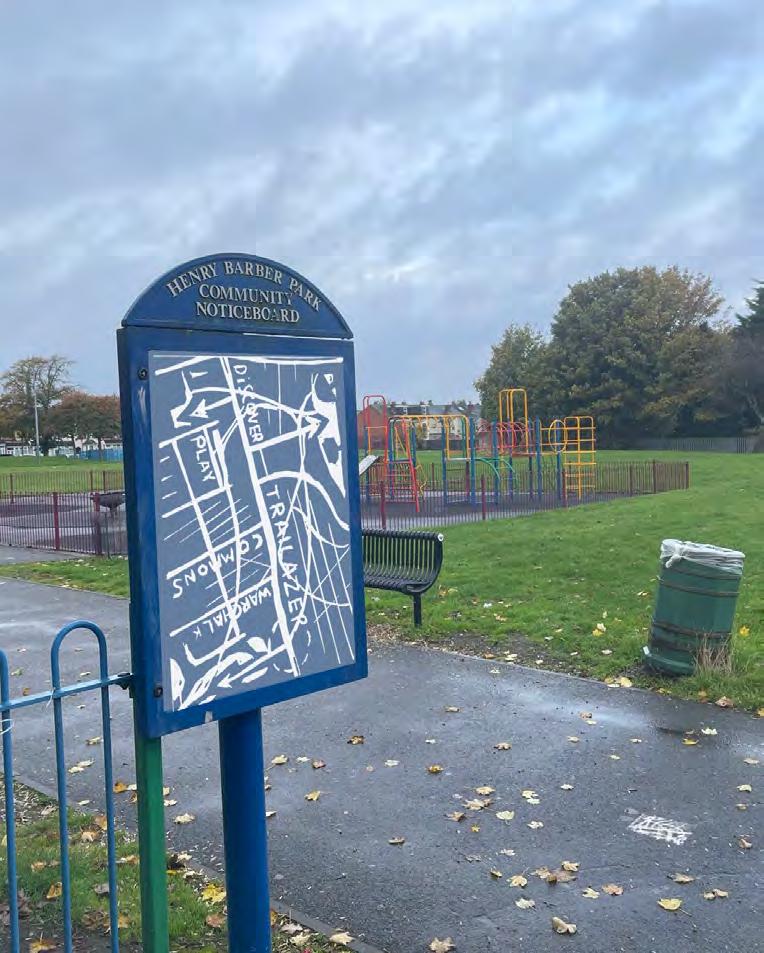
aimed to guide people towards green spaces by creating a “How-to” diagram for accessing Henry Barber Park and proposing infrastructure enhancements for the gateway and surrounding areas, promoting access to nearby green spaces. Unique landmark structures could form a network of tall green space beacons, connecting different areas and facilitating communication among visitors. To priortise community access to improved infrastructure, proposed building a fixed gatway first, followed by a separate observation tower. The gateway needed to sit well within its brick context, while the tower needed to stand out as a beacon using temporary assembly techniques, celebrating the communities metal manufacturing history with a contrasting material palette.
detail/strategy = DETAIL or d/s = D
The close interrogation of the close-up and personal (detail)
The extraction of what the personal can tell you about the general (strategy)
The reformation of the strategy in the here and now: a small-scale construction of future ‘what if ...’ (DETAIL)
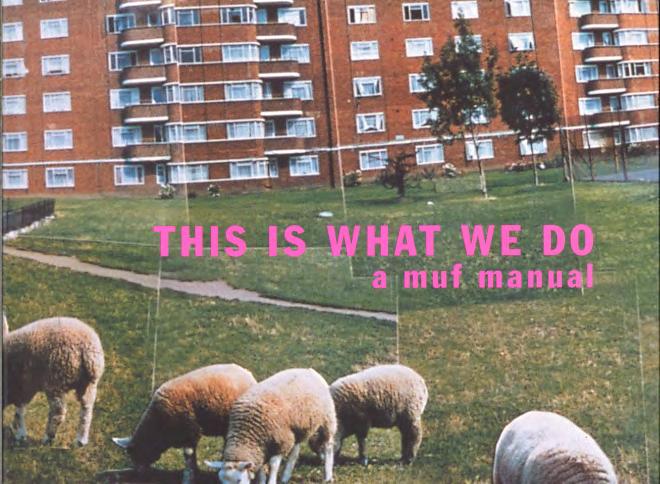
When designing the gateway structure, a major challenge was to ensure that no barriers would restrict access to green spaces. This required creating a grid to align columns, walls and other elements without creating a barrier at street level.
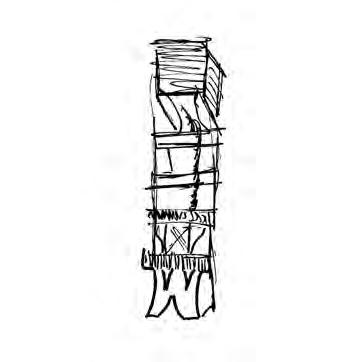
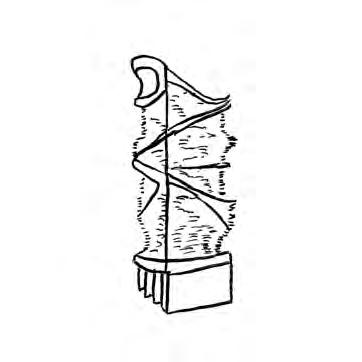
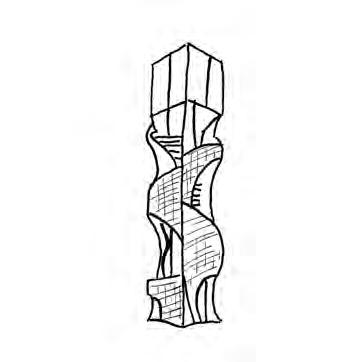
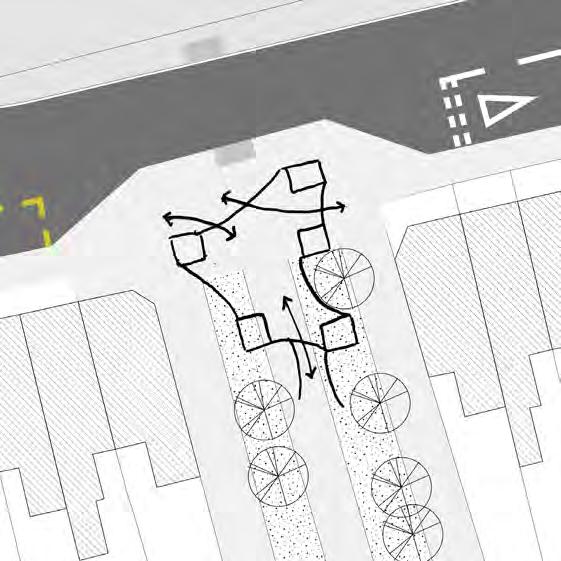
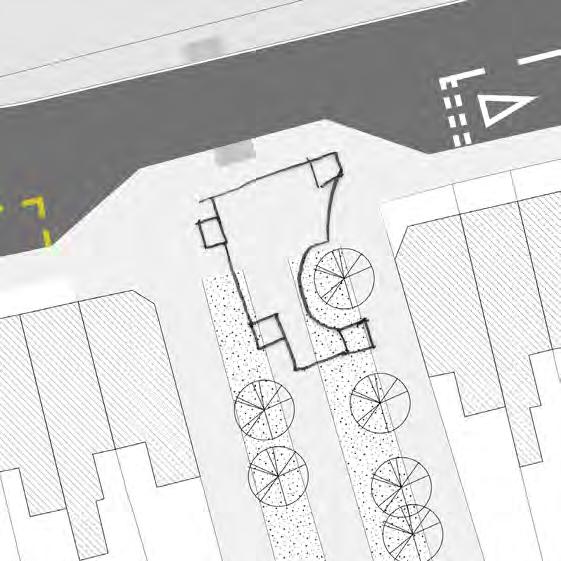
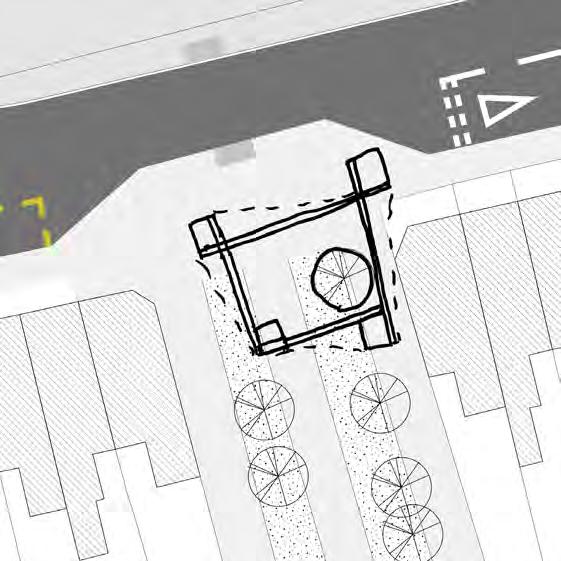
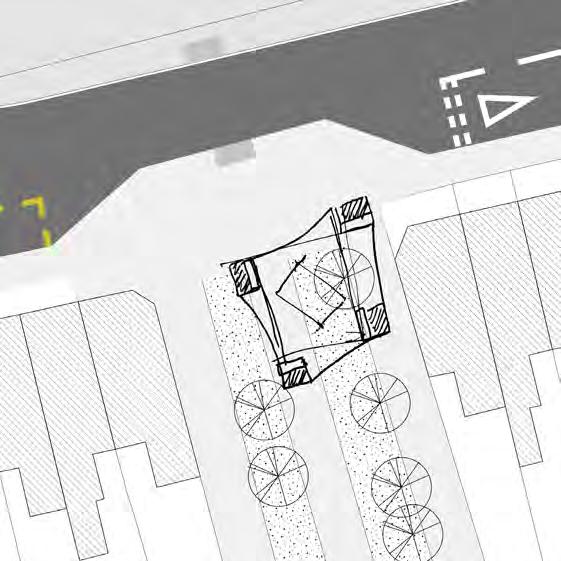
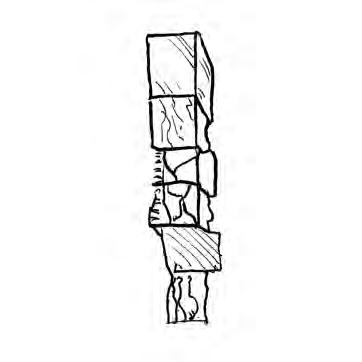
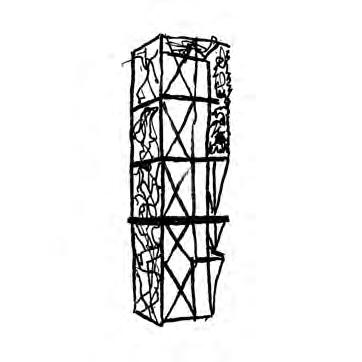
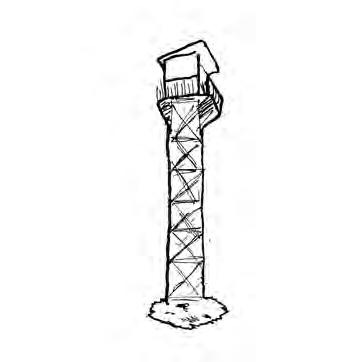
The solution to preventing barriers between the new gateway structure and existing constructions was incorporating a corbel - a type of bracket that juts out from a wall to support weight. By suspending a corbel above street level, a structural grid could form to support the platform above, while the columns below could be misaligned, preventing the formation of a barrier. To maintain the corbel motif in the design, arches and brackets were used to stack elements with superincumbent composition. The gateway infrastructure including columns and corbels that could function as benches, serve unique purposes, such as seating and shelter for the bus stop, community information, maintenance and litter picking equipment storage, and small wildlife habitats.
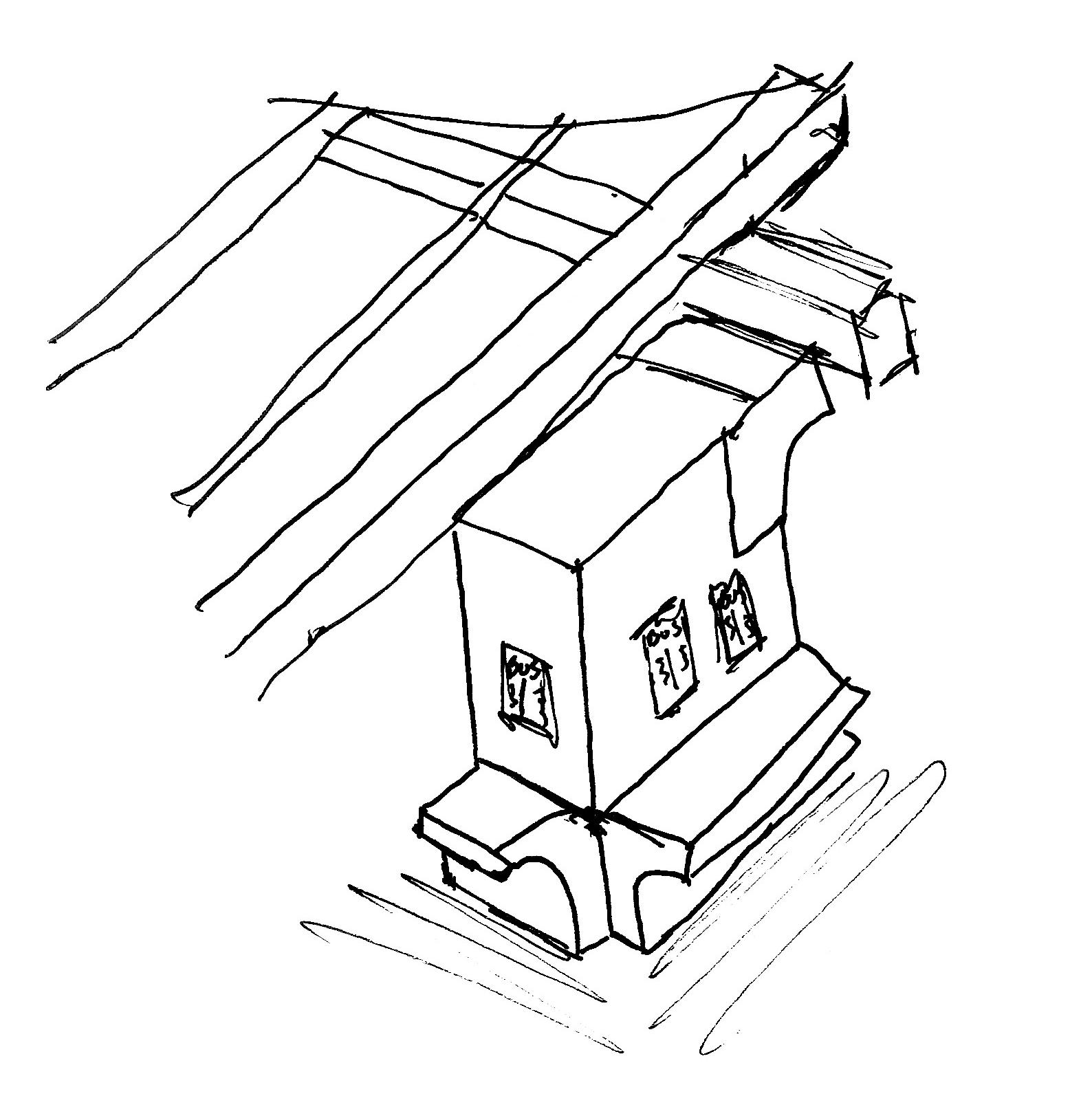
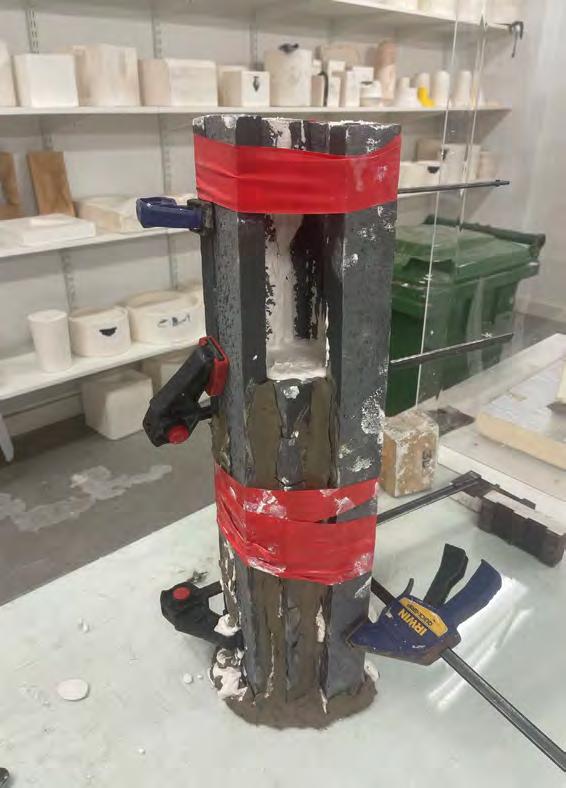
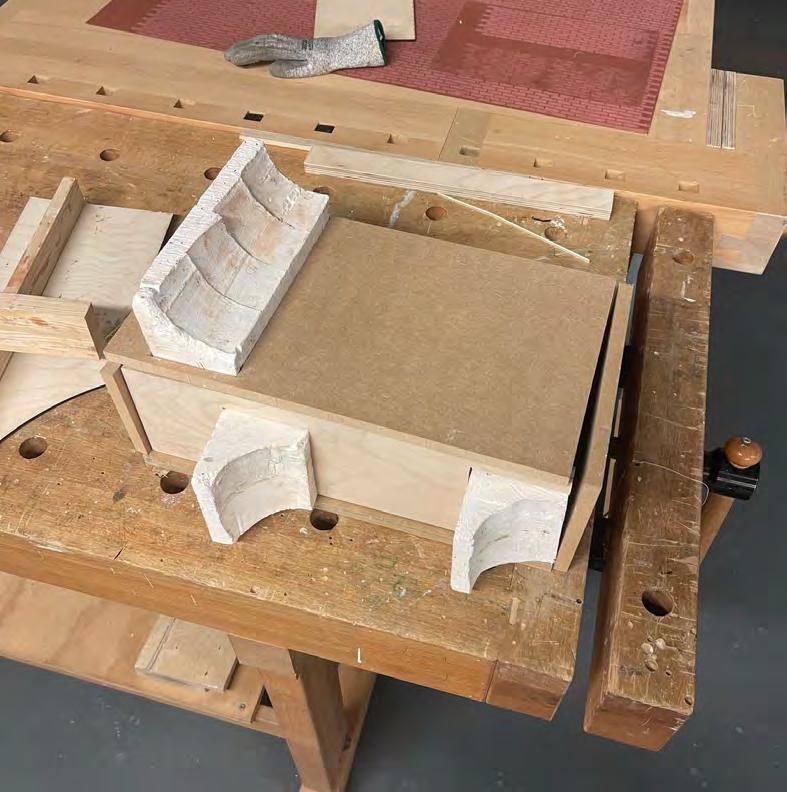
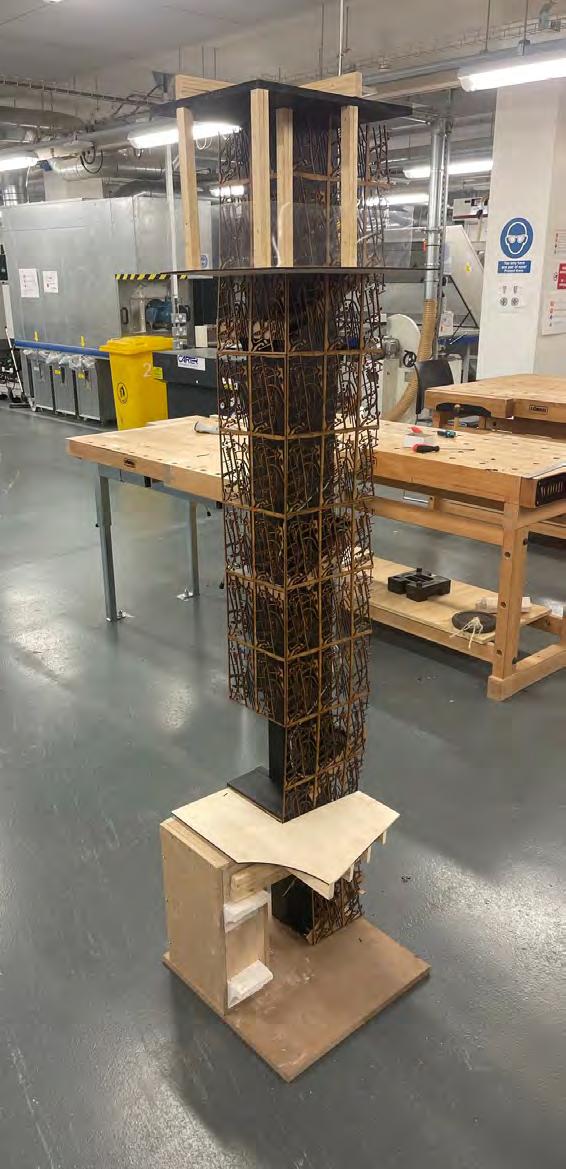
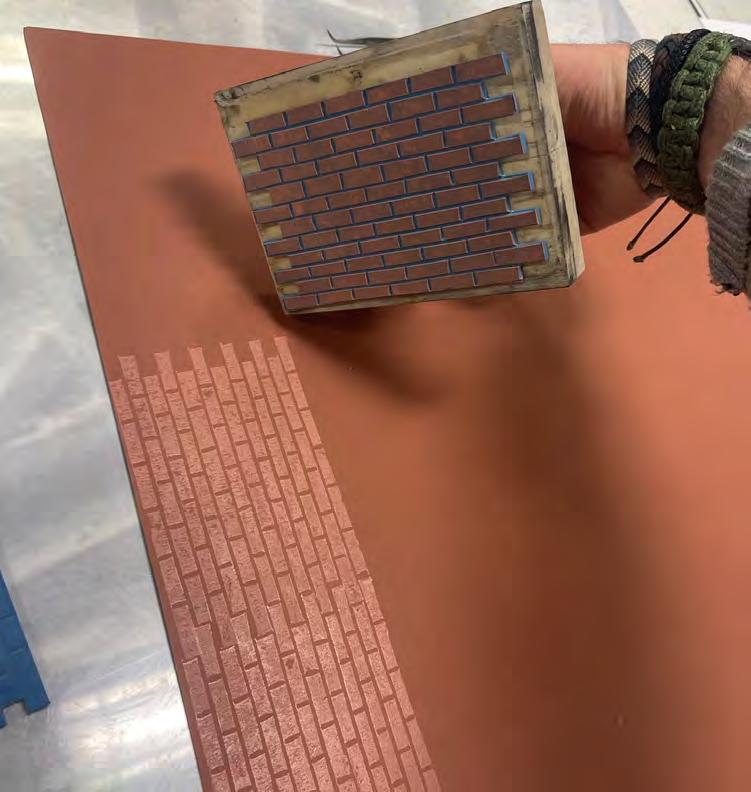
My intervention in Bordesley Green successfully improves the community’s infrastructure by designing a transitional space that fosters engagement, freedom of movement and safe and inclusive access to public green spaces. The gateway and observation tower prevent barriers from forming and celebrate the communities history and present-day manufacturing industries through its materials. This project serves as a beacon of exploration and togetherness, improving the urban environment and [Re] Making the Community.
